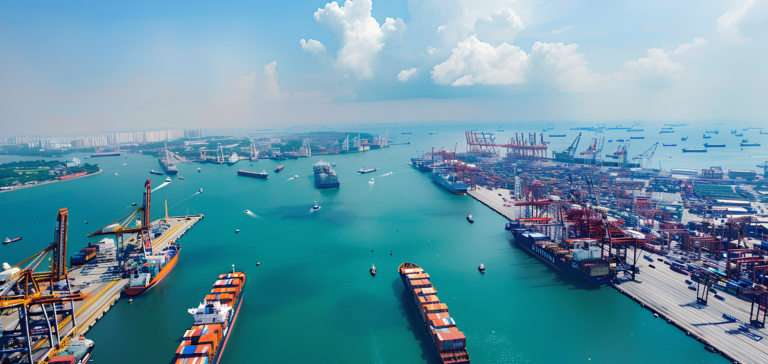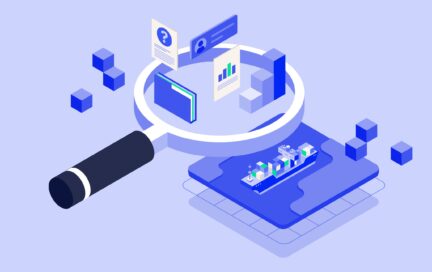- Shipping lines can rationalise their resources
- Shipping alliances have instigated creation of mega ships and mega ports
- Lines are able to offer more global coverage
In simple terms, a Shipping Alliance (also known as Ocean Alliance) is a group of ocean carriers joining forces to create a cooperative agreement forming a strategic alliance covering various trade routes through cooperation between its members on a global level.
Why Do We Need Shipping Alliances?
Operational costs in shipping account for over 67% of the total cost of running a shipping line operation. Out of this, 46% relate to Bunker costs and 21% relate to port charges, both of which are variable costs (means not fixed costs).
Shipping lines realised that under the current economic conditions, they cannot provide a service coverage by working alone as it will mean tying up their ships on a specific route for weeks and the other routes remaining unserviced.
One of the main aims of shipping lines creating shipping alliances or vessel sharing agreements is to cut these variable costs, and the best way of doing this is through the usage of common resources such as ships, port terminals and networks around particular routes.
Entering into alliances seems to be the right fit for everyone, as larger shipping lines can rationalize their resources in an alliance whereas the smaller lines can enjoy the extended service coverage without have to invest in increasing their fleet size.
What Does a Shipping Alliance Do?
A shipping alliance behaves pretty much in a similar way as a liner operation of an individual shipping line, but provides more coverage and scope.
In the recent years, the creation of shipping alliances has brought mega ships and mega ports into the fore and such alliances allow better allocation of the shipping lines’ resources, which naturally reduces operational costs, allows the expansion of service coverage, optimizes the ports of call and ultimately achieves economies of scale.
What an alliance does NOT do is to share commercial information such as cargo information, shipping rates, customer information etc. Those still remain under the control of the partners within the alliance and are not shared.
The benefits of alliance operations end at the sea and do not cover arrangements that the individual lines may have with port terminals, hauliers, depots, CFS etc.
But How Does it Benefit Me?
A pertinent question that you may be asking. As of this article, there are three major alliances approved for operation by the FMC:
- The Transport High Efficiency Alliance: K-Line, Hapag-Lloyd, NYK, MOL and Yang Ming
- The Ocean Alliance: CGM, CMA, Evergreen, Cosco Shipping and Orient Overseas Container Line
- The 2M Alliance: Maersk and Mediterranean Shipping Co.
Due to the size of the shipping alliances and the volumes they control, alliance have some serious negotiation power over ports and thus can pressure them for more favourable conditions and improved services.
For example, Ocean Alliance (23.5%) and the 2M Alliance (27.7%) control about 51.2% of the world’s TEU movements.
Such a size allows these alliances to negotiate better tariffs at ports and push for volume discounts. These cost savings enable the lines to stay competitive, and in some cases, the cost savings are even passed on to customers.
Conclusion
As alliances are formed and evolve in line with market conditions, carriers are creating larger ships to cater for the long hauls and increased volumes. These mega ships are said to be more fuel efficient and aimed at reducing cost per mile.
To accommodate those mega ships, port terminals and canals such as Panama Canal and Suez Canal have had to expand.
This trend is expected to continue with mergers and acquisitions and realignment of the alliances.
Whether shipping alliances will be the new future of shipping remains to be seen.







